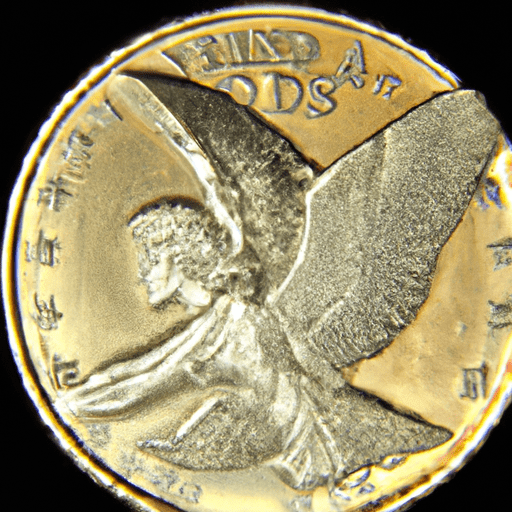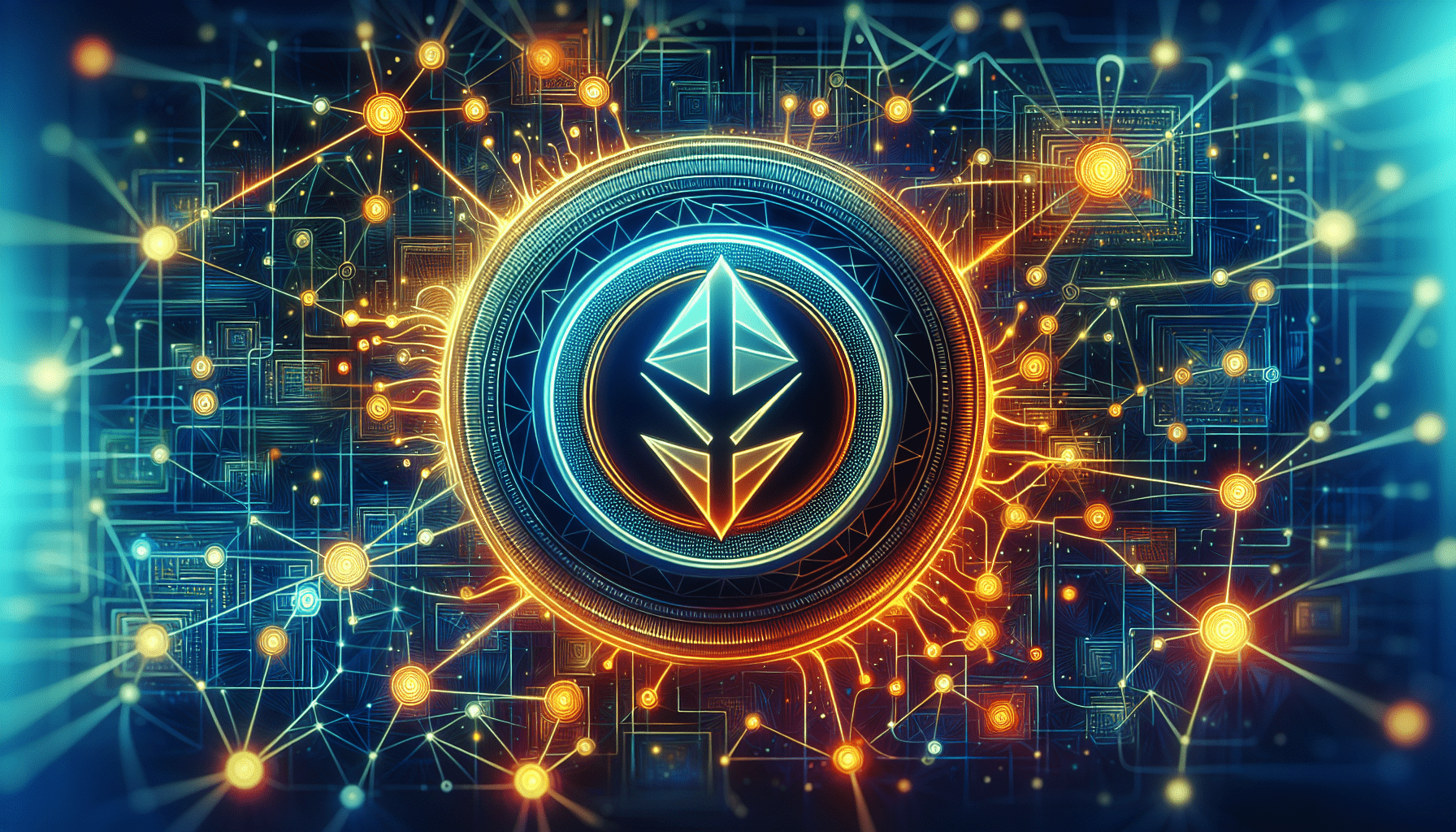

The potential intersection between artificial intelligence (AI) and cryptocurrency has caught the attention of Ethereum co-founder, Vitalik Buterin. Buterin highlights the various ways in which AI could align with blockchain technology, categorizing them into four distinct areas. He urges developers to approach this intersection with caution, emphasizing the importance of maintaining transparency in the realm of cryptocurrency while acknowledging the potential vulnerabilities of AI systems. Striking the right balance between the transparency of cryptocurrency and the opaqueness of AI proves to be a challenge, but the possible benefits of this intersection hold great promise. Nonetheless, developers must proceed with care, ensuring that the potential is harnessed responsibly.
Potential in the Intersection between AI and Crypto
The intersection between artificial intelligence (AI) and cryptocurrency is an area that holds immense potential for the future. As the world becomes increasingly digitalized, the role of AI in various industries, including the financial sector, is expanding. Ethereum co-founder, Vitalik Buterin, has recognized the promising opportunities that lie at the intersection of AI and crypto. In this article, we will explore the various categories of intersection between AI and cryptocurrency, Buterin’s perspective on this topic, the importance of caution, the challenges in finding the right balance between transparency and vulnerability, and the promising potential that this intersection offers.
Overview
The intersection between AI and crypto refers to the merging of these two increasingly influential technologies. On one hand, AI, with its ability to analyze vast amounts of data and make predictions, can greatly enhance the efficiency and accuracy of various processes in the cryptocurrency ecosystem. On the other hand, cryptocurrency, with its decentralized nature and ability to facilitate secure transactions, provides a fertile ground for the development and application of AI-based systems.
Categories of Intersection
Buterin categorizes the potential intersection between AI and blockchain into four distinct categories: AI as a player in a game, AI as an interface to the game, AI as the ruler of the game, and AI as the objective of the game. These categories encompass different ways in which AI and crypto can interact and mutually benefit each other.
AI as a Player in a Game
In this category, AI is utilized as an active participant in the crypto ecosystem. AI algorithms can be employed for trading strategies, analyzing market trends, and making investment decisions. By leveraging the capabilities of AI, investors and traders can gain valuable insights and increase their chances of making profitable trades. Additionally, AI can also be utilized for fraud detection and prevention, helping to safeguard the crypto ecosystem from malicious activities.
AI as an Interface to the Game
AI can also serve as an interface between users and the crypto ecosystem. Chatbots and virtual assistants powered by AI can provide users with real-time information, assist in navigating complex crypto platforms, and answer questions about cryptocurrencies. This interface can improve user experience and make the cryptocurrency space more accessible to a broader audience, promoting its adoption and utilization.
AI as the Ruler of the Game
In this category, AI systems take on the role of governing and managing various aspects of the crypto ecosystem. Smart contract platforms powered by AI can autonomously execute transactions and enforce contractual obligations. This removes the need for intermediaries and enables a more efficient and transparent system. Moreover, AI can be utilized to develop decentralized autonomous organizations (DAOs) that govern themselves based on predefined rules and algorithms.
AI as the Objective of the Game
The final category involves AI itself being the objective of the game. AI-powered cryptocurrencies, also known as “autonomous coins,” can exist as independent entities that operate based on AI algorithms. These cryptocurrencies can evolve and adapt their behavior based on market conditions and user interactions, potentially leading to the emergence of self-learning and self-improving financial systems.
Vitalik Buterin’s Perspective
Vitalik Buterin, the co-founder of Ethereum, has a positive outlook on the potential intersection between AI and crypto. His perspective reflects the vast possibilities that arise when these two technologies converge. Buterin believes that by leveraging AI’s analytical capabilities and its potential to enhance decision-making processes, the efficiency and performance of the crypto ecosystem can be greatly improved. He sees AI as a tool that can aid in developing more robust and secure financial systems.
However, Buterin also emphasizes the need for caution when exploring this intersection. He acknowledges that while AI offers significant benefits, it also poses risks and vulnerabilities. The integration of AI and crypto requires careful consideration to ensure the integrity and security of the financial ecosystem. Developers must be vigilant in addressing potential risks and vulnerabilities that may arise from the intersection of these technologies.
Importance of Caution
As the intersection of AI and crypto unfolds, it becomes increasingly important to strike a balance between transparency and vulnerability. Transparency is crucial for building trust and fostering a healthy ecosystem, as users need to understand how AI algorithms operate and make decisions. However, excessive transparency can also expose vulnerabilities and provide opportunities for malicious actors to exploit AI systems.
The vulnerability of AI systems, especially in the context of financial transactions, highlights the importance of caution. Cryptocurrencies operate on a decentralized network, making them an attractive target for cyber attacks. The integration of AI systems into this ecosystem adds an extra layer of complexity, as potential vulnerabilities in the AI algorithms can be exploited. Developers must ensure that the AI systems they incorporate are robust, secure, and well-protected against cyber threats.
Balancing Transparency and Vulnerability
Finding the right balance between transparency and vulnerability is a challenging task. On one hand, transparency is essential for users to trust the AI-powered systems they interact with. Understanding how decisions are made and having access to relevant information instills confidence in the system’s capabilities. On the other hand, complete transparency can expose vulnerabilities, making the system an easy target for malicious activities.
One approach to achieving this balance is through selective transparency. By providing users with the necessary information about how a particular AI system operates, they can make informed decisions while still maintaining the security of the system’s design. By carefully evaluating what information should be made transparent and what should remain concealed, developers can safeguard the integrity of the system without compromising its functionality.
Challenges in Finding the Right Balance
Finding the right balance between transparency and vulnerability is not without its challenges. As AI technologies continue to evolve, so do the methods employed by cybercriminals. These malicious actors constantly seek new ways to exploit vulnerabilities and undermine the security of AI-powered systems.
Additionally, the opaqueness of AI systems further complicates the process of striking this delicate balance. Neural networks and other complex AI algorithms are often black boxes, making it difficult to fully understand their decision-making processes. This lack of transparency poses challenges when integrating AI into the crypto ecosystem, as the underlying mechanisms may be difficult to scrutinize for potential vulnerabilities.
Promising Potential
Despite the challenges and risks involved in the intersection between AI and crypto, the potential for innovation and advancement remains promising. The ability of AI to analyze vast amounts of data, detect patterns, and make predictions can greatly enhance the efficiency and accuracy of various processes within the crypto ecosystem. From trading strategies to fraud detection, AI-powered systems offer new solutions and opportunities to improve the financial industry.
Additionally, the integration of AI algorithms into blockchain technology can enhance the security and transparency of financial transactions. With the ability to autonomously execute smart contracts and enforce contractual obligations, AI systems can mitigate the risk of fraud and reduce the dependence on intermediaries. This decentralized nature of AI-powered blockchain systems offers exciting prospects for the evolution of the financial industry.
Treading Carefully
While the potential intersection between AI and crypto holds substantial promise, it is crucial for developers and stakeholders to tread carefully. The integration of AI systems in the crypto ecosystem requires thorough testing, scrutiny, and risk assessment to ensure the integrity and security of the financial infrastructure.
Developers must be vigilant in identifying potential vulnerabilities and implementing robust security measures to safeguard against cyber threats. Additionally, ongoing research and collaboration between experts in both AI and crypto fields are essential to address the unique challenges and risks that emerge from the intersection of these technologies.
In conclusion, the intersection of AI and crypto presents an array of opportunities to revolutionize the financial industry. By leveraging AI’s analytical capabilities and the decentralized nature of cryptocurrencies, developers can create more efficient, secure, and transparent financial systems. However, caution must be exercised to strike the right balance between transparency and vulnerability. As this intersection continues to unfold, it is more important than ever for stakeholders to navigate this landscape carefully and responsibly to unlock the full potential of AI and crypto.

RELATED POSTS
View all



